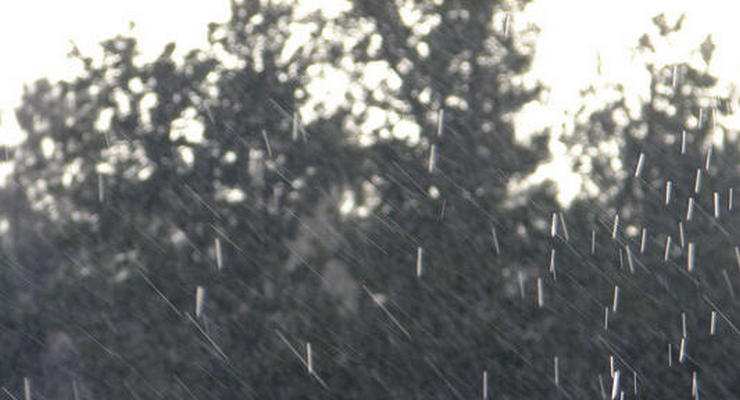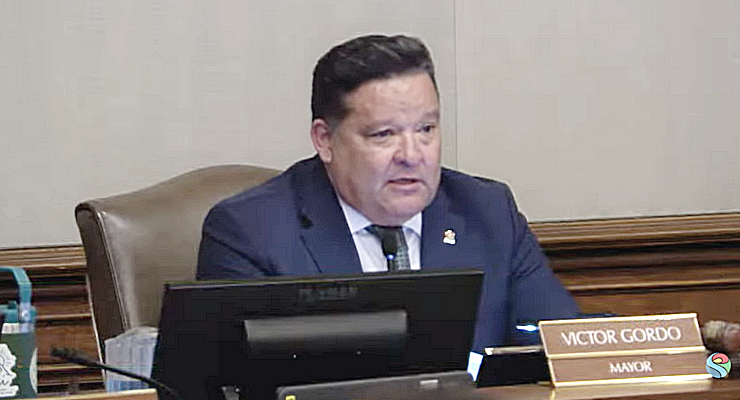
The State Water Resources Control Board passed new emergency drought regulations last week, but Pasadenans should not expect any new restrictions because Pasadena Water and Power already put the rules into effect last summer.
The new drought rules ban activities such as watering gardens within 48 hours after a rainfall, washing cars without a shutoff nozzle on the hose, and letting sprinklers run onto the sidewalk. Fines may be issued to violators.
“Many of the recently adopted state emergency drought rules have already been in place for the City of Pasadena,” said Pasadena Water and Power Public Information Coordinator Amanda Gadbow.
Last August, the City of Pasadena adopted a Level 2 Water shortage plan, requiring additional mandatory water restrictions for residents and businesses to help address the severe drought situation in California.
The plan prohibits overwatering, hosing down pavement and irrigating during and within 48 hours after rainfall.
The adoption of these measures were made despite improved drought conditions from winter storm rain and snowfalls.
According to the most recent drought monitor report, extreme drought levels are now at one percent, a significant improvement compared to October drought levels. However, the majority of the state is still experiencing moderate to severe drought conditions.
Gadbow noted that Pasadena received 7.8 inches of rainfall in the month of December.
Pasadena received 5.8 inches of rainfall for the entire previous ‘water year,’ which covers October 1 to September 30. In an average water year, Pasadena receives about 20 inches of rainfall.
While the recent rainfall brought much needed relief to Southern California, the PWP does not believe it is enough to eliminate the severe drought conditions in the area.
“The December rainfall is welcome but that alone will not eliminate the severe drought conditions. We will need to have higher than normal rainfall this water year to make up for dry conditions from the last two years,” said Gadbow.
Gadbow also said while this year’s snowpack in the Sierra Nevada mountains, the major source of water in California, helped replenish supplies, this may not be enough to solve drought problems.
“The Sierra Nevada mountains have already received over 50% of its average winter snowpack, which will help to replenish some of our supplies.”
“However, the State’s reservoirs already started this winter season with extremely low water levels so the rest of the winter needs to continue to stay wet to reduce the drought conditions.”
Meanwhile, while it was announced in August that the Colorado River is officially in shortage for the first time, this will not initially impact California, according to Gadbow.
However, if the shortage worsens, California and ultimately, Pasadena, will eventually be impacted.
“In the long term, shortages on the Colorado River, if they continue to worsen, will eventually impact California, Metropolitan and ultimately Pasadena. This is why California is engaged in discussions with Arizona and Nevada and the United States on actions that can be taken to prevent the situation on the River from worsening further.”


















